From small phone to big economy
Digital payments in Vietnam are entering a period of unprecedented acceleration. According to the State Bank, in 2024, the total value of non-cash transactions will reach more than VND295 quadrillion, 26 times higher than GDP - far exceeding the target of 25 times set in Decision 1813/QD-TTg of the Prime Minister on developing non-cash payments in the period 2021 - 2025.

By early 2025, 87% of Vietnamese adults will have payment accounts, with mobile transactions accounting for more than 80% of total transactions. Specifically, in the first quarter of 2025, Vietnamese people made about 5.5 billion cashless transactions, with digital transactions (Internet and mobile) alone reaching 4.5 billion with a value of more than VND 40 million billion.
Overall, from January to July 2025, the total volume of cashless transactions increased by 44.4% in quantity and 25% in value compared to the same period in 2024; QR code payments alone increased by 66.7% in quantity and 159% in value, showing that the "tap to spend" behavior is spreading strongly nationwide.
The backbone of this process is NAPAS, the national switching network operator, which will process more than 9.56 billion transactions in 2024, up nearly 30% year-on-year. The VietQR system and NAPAS 247 express delivery service have now become popular payment standards, helping people make instant, safe transactions nationwide.
At the same time, NAPAS is expanding VietQR Global, allowing cross-border payment connections with Thailand, Singapore, South Korea, Japan and Malaysia, placing Vietnam in the common payment network of the Southeast Asian region.
Along with QR, NFC payments are growing rapidly, increasing by an average of 6% per month, while swipe and chip payments are decreasing by 2-3% per month. The entry of Apple Pay and Google Wallet into Vietnam has made contactless payment experiences the new standard, forcing domestic systems, especially NAPAS and banks, to promote the Tap and Pay strategy for domestic cards.
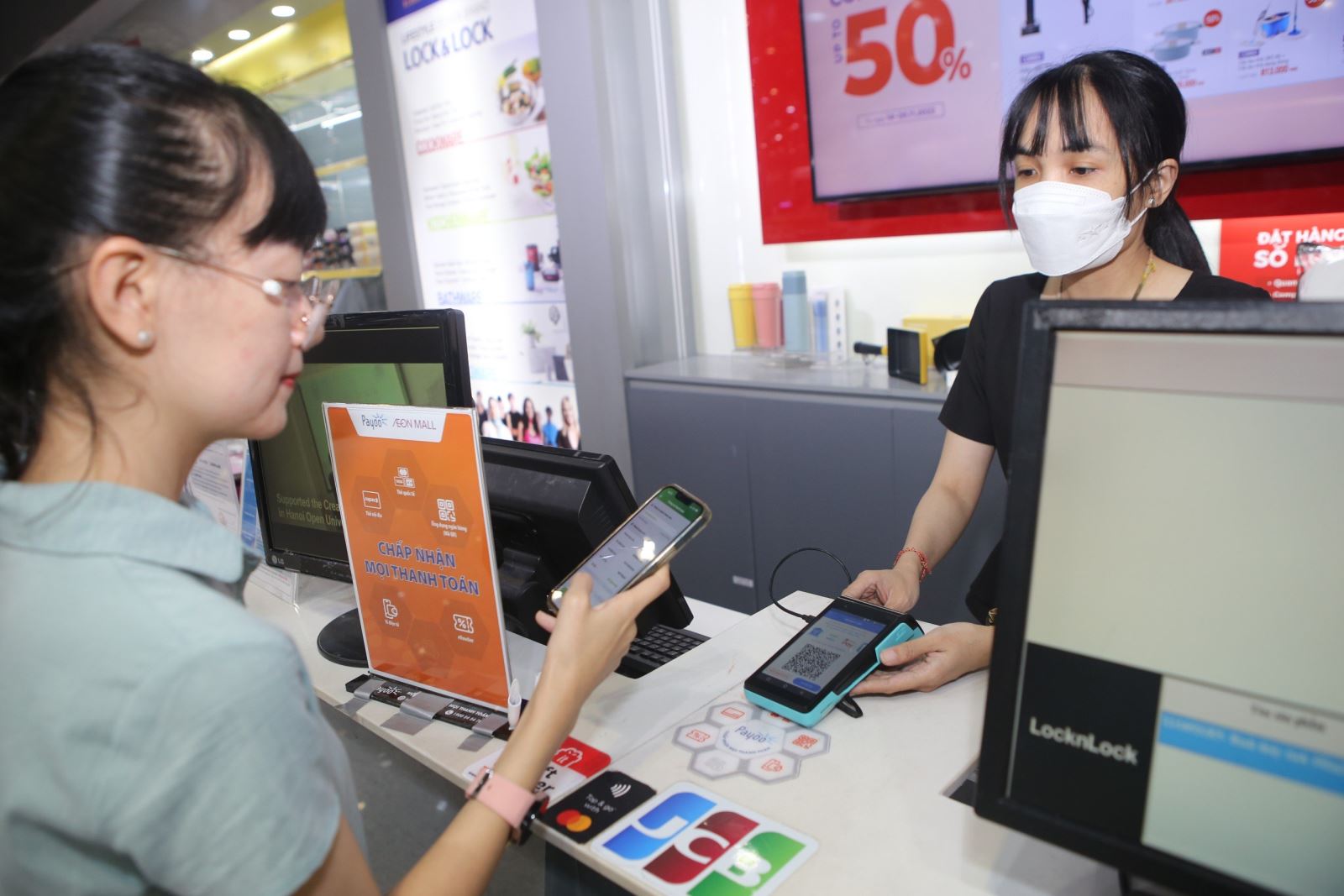
In addition, the Government has also strengthened the legal framework, notably Decision 2345/QD-NHNN on biometric authentication and citizen identification integration through chip-based Citizen Identification Cards, making digital transactions safer and more transparent. According to financial experts, this “national digital trust layer” will be the foundation for high-value financial services, from consumer credit to online investment.
More than just a technology trend, digital payments have become a pillar of Vietnam’s digital economy. During the COVID-19 pandemic, electronic payment infrastructure maintained the flow of goods, helping the economy adapt quickly and demonstrate remarkable resilience. The Government therefore considers this a “tool to increase national productivity and competitiveness”.
Vietnamese Fintech affirms regional position
The strong development of infrastructure has led to strategic competition between fintech businesses. Specifically, MoMo has become a pioneer in implementing receiving money from banks via phone numbers, helping wallet users to receive transfers from more than 20 banks via the NAPAS system.
According to Mr. Nguyen Ba Diep, Co-founder of MoMo Fintech Group, this is “a step forward in Vietnam’s payment infrastructure towards comprehensive open connectivity”. At the same time, MoMo repositions itself as an “AI financial assistant”, applying artificial intelligence to personalize products, credit scoring and financial management support for more than 30 million users.
Meanwhile, ZaloPay has opened cross-border QR payments in 6 Asian countries (China, Singapore, Japan, Korea, Malaysia and Indonesia) and cooperated with Visa, Alipay+ to deploy regional payment solutions. This is a step to help Vietnamese people make international payments easily, while also welcoming foreign visitors to spend by QR in Vietnam.
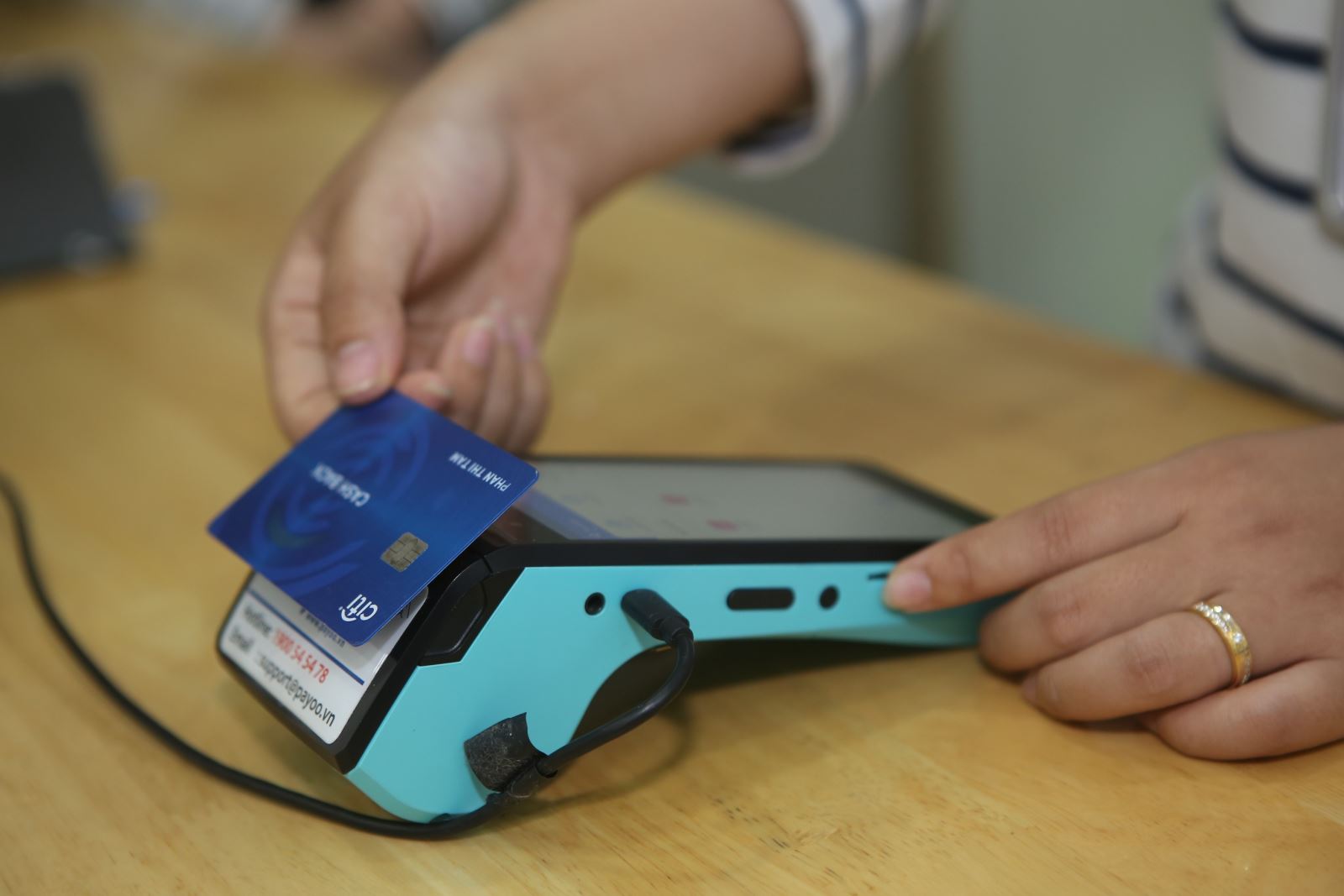
Meanwhile, Payoo maintains its position as a multi-channel utility payment intermediary with more than 25,000 acceptance points at supermarkets, convenience stores, drugstores, and electronics stores. Payoo's role helps expand cashless payment points, in line with the "universalization of services" orientation in Decision 1813/QD-TTg.
Viettel Money and VNPT Money have become tools to promote financial inclusion, especially in rural and border areas. By 2025, more than 72% of Mobile Money accounts will be active in remote areas, contributing to narrowing the digital financial gap.
Economic experts say that digital payments not only change consumer behavior but also create macroeconomic benefits. According to expert Dinh The Hien, the Government's regulation that from July 1, 2025, businesses can only deduct input tax when they have non-cash payment documents will "create a strong push to promote cash flow transparency and reduce social costs".
The Google-Temasek e-Conomy SEA 2024 report said that the total value of digital payments in Vietnam will reach 149 billion USD in 2024, an increase of 18% compared to 2023, making Vietnam the fastest growing market in Southeast Asia. At the Cashless Day 2025 event in Ho Chi Minh City, experts affirmed that electronic payments help save tens of thousands of billions of VND in social costs each year from reducing printing, transportation, and cash management, while supporting an increase of 0.3 - 0.5% of GDP thanks to capital circulation efficiency.
Deputy Governor of the State Bank of Vietnam Pham Tien Dung said: “Cashless payments are not only convenient for people but also contribute directly to growth, financial transparency and national productivity”. However, challenges remain, from data security, online fraud, to regional disparities, but the direction after 2025 is clear: shifting from increasing the number of users to improving service quality and system safety. That is why the State Bank of Vietnam is promoting the “National Digital Trust Layer”, integrating ID card authentication into the entire payment process, towards “a cashless, safe and comprehensive Vietnam”.

It can be seen that digital payments have gone beyond the scope of financial utilities, becoming the core infrastructure of Vietnam's digital economy. With a strong NAPAS infrastructure, the dynamism of e-wallets and the Government's open policy, Vietnam will not only achieve the 2025 target early but also move closer to regional standards in terms of low cost, high speed and inclusiveness.
As economist Nguyen Xuan Thanh commented: “If e-commerce is considered the engine, then digital payment is the fuel of Vietnam’s digital economy.” Cashless payment from “one-touch” to cross-border is becoming the new blood vessel of sustainable growth.
Source: https://baotintuc.vn/thi-truong-tien-te/khi-nguoi-viet-cham-vao-nen-kinh-te-khong-tien-mat-20251021194749456.htm







![[Photo] Urgently help people soon have a place to live and stabilize their lives](/_next/image?url=https%3A%2F%2Fvphoto.vietnam.vn%2Fthumb%2F1200x675%2Fvietnam%2Fresource%2FIMAGE%2F2025%2F12%2F09%2F1765248230297_c-jpg.webp&w=3840&q=75)
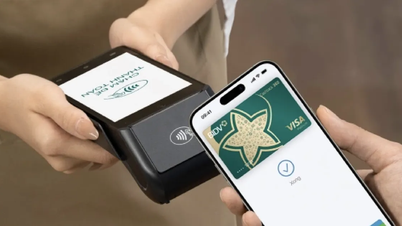

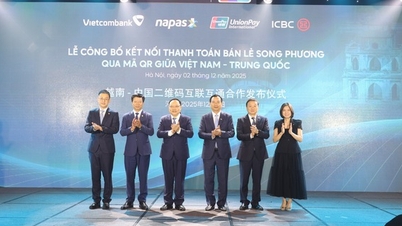


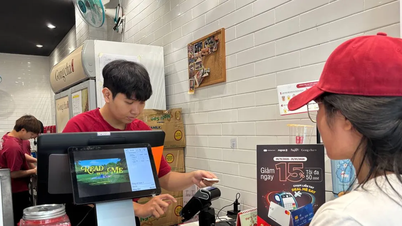
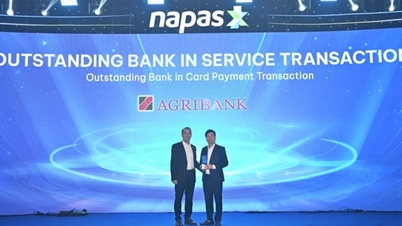



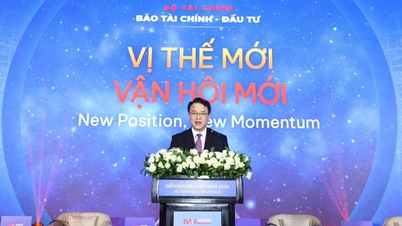
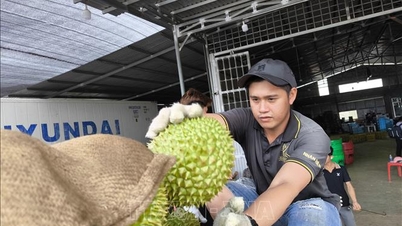
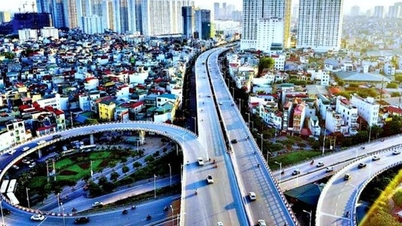
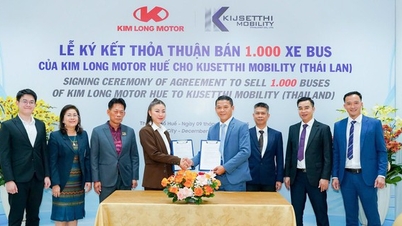
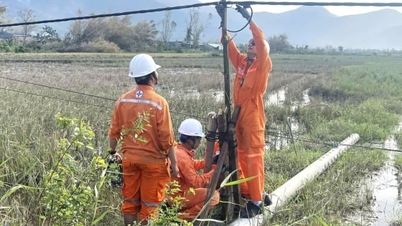

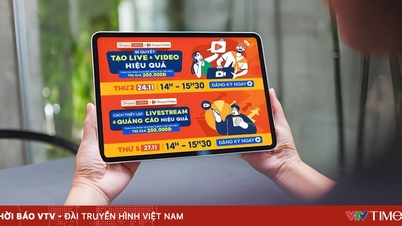





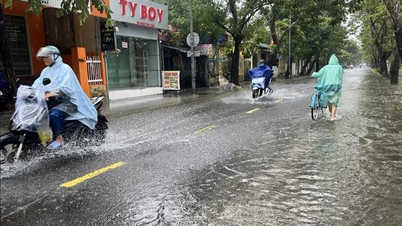
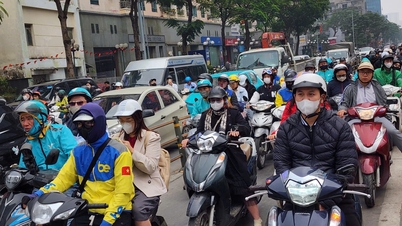
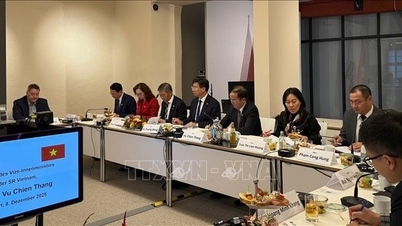
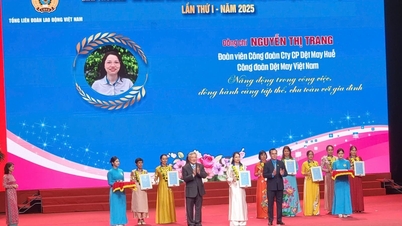
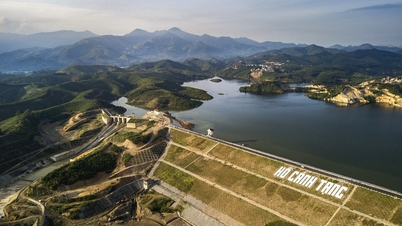
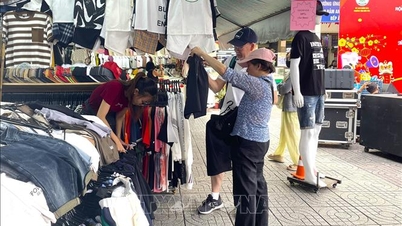





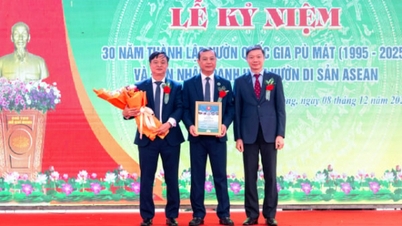







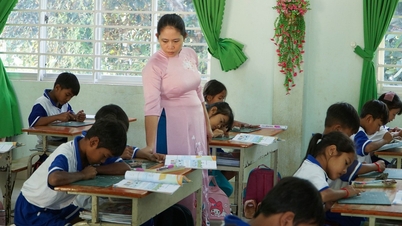

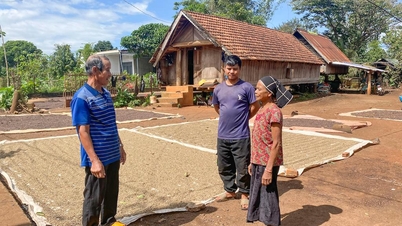




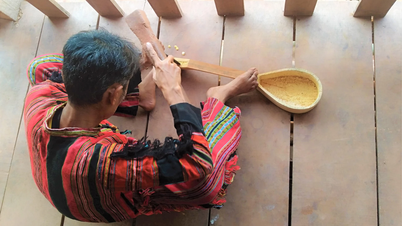

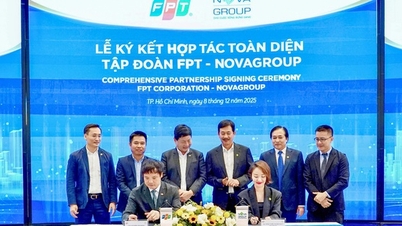
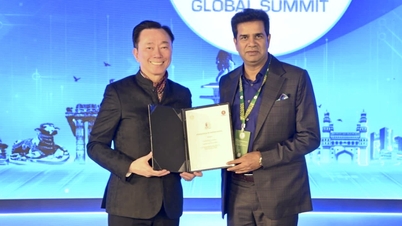


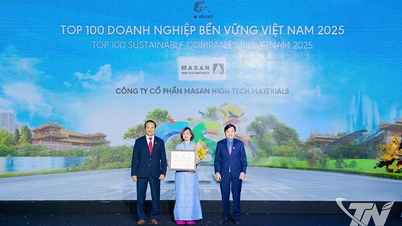


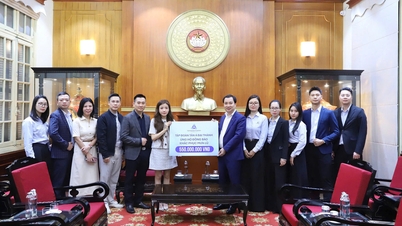







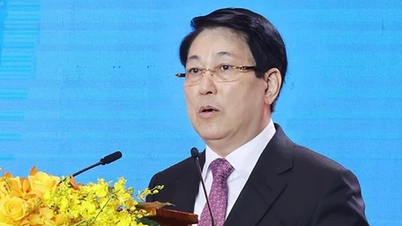
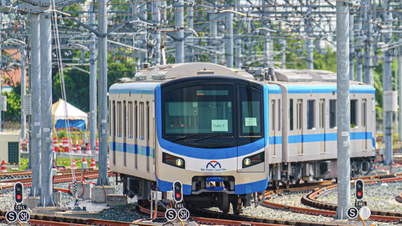

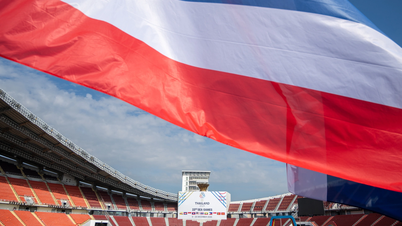

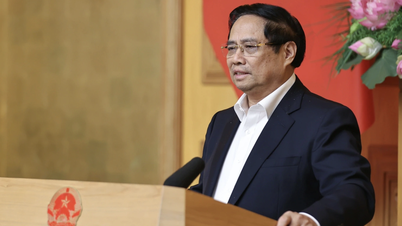

![[Photo] General Secretary To Lam works with the Standing Committees of the 14th Party Congress Subcommittees](https://vphoto.vietnam.vn/thumb/402x226/vietnam/resource/IMAGE/2025/12/09/1765265023554_image.jpeg)






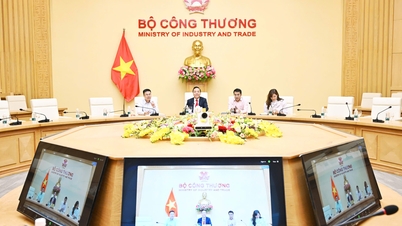

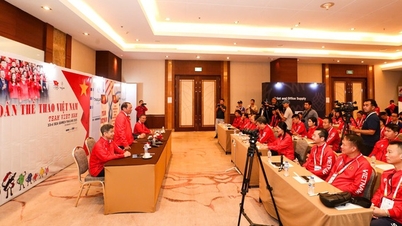


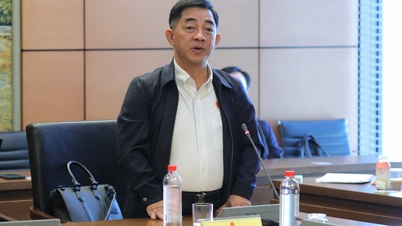


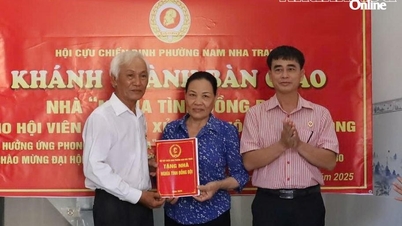

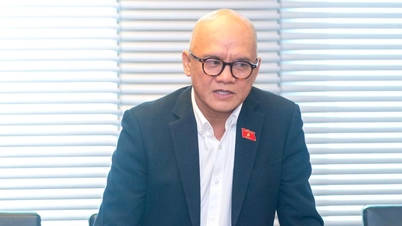












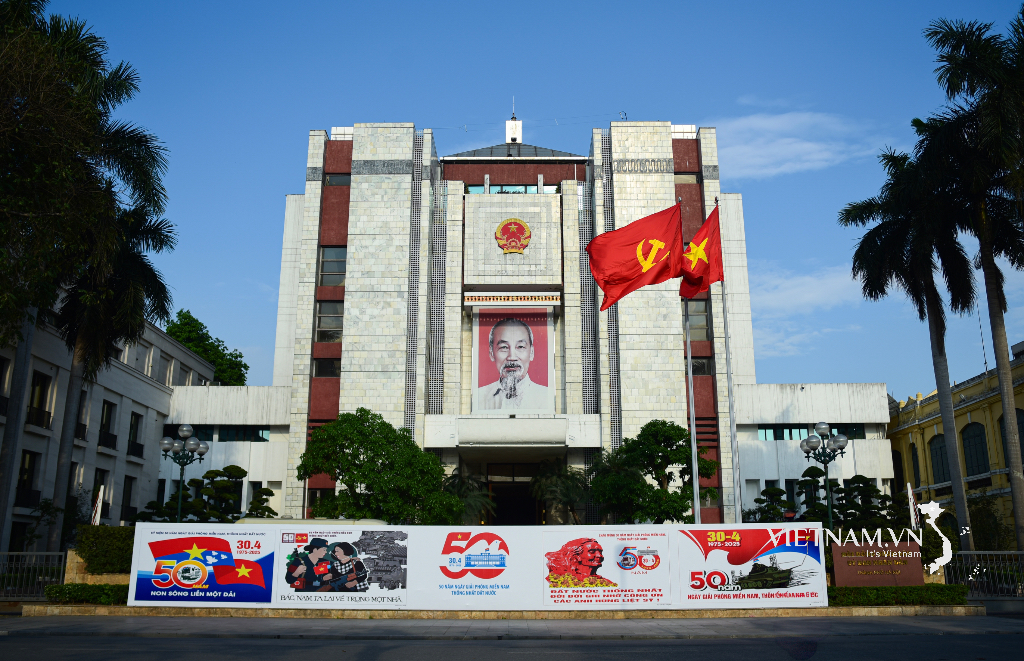




Comment (0)